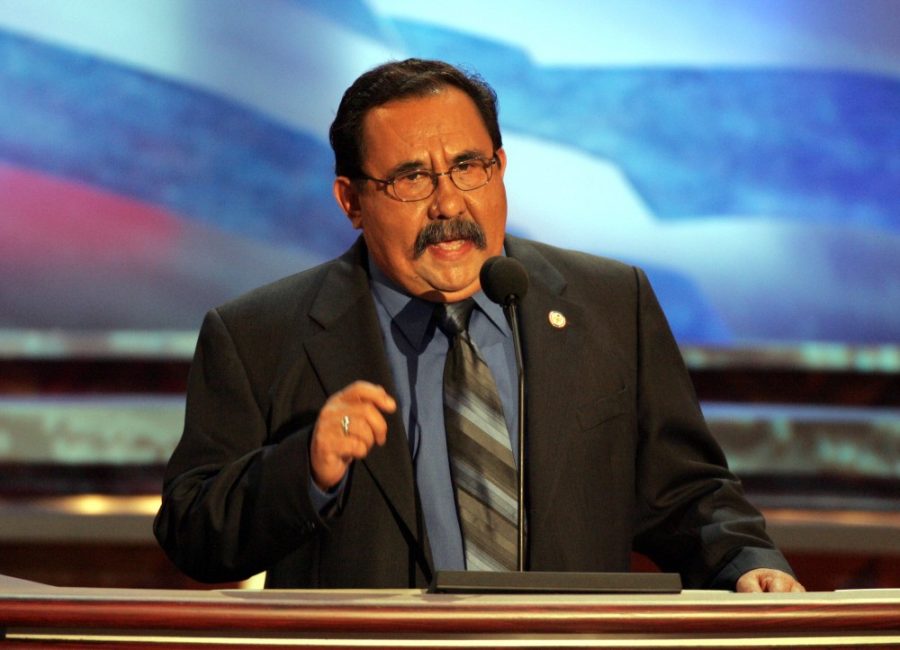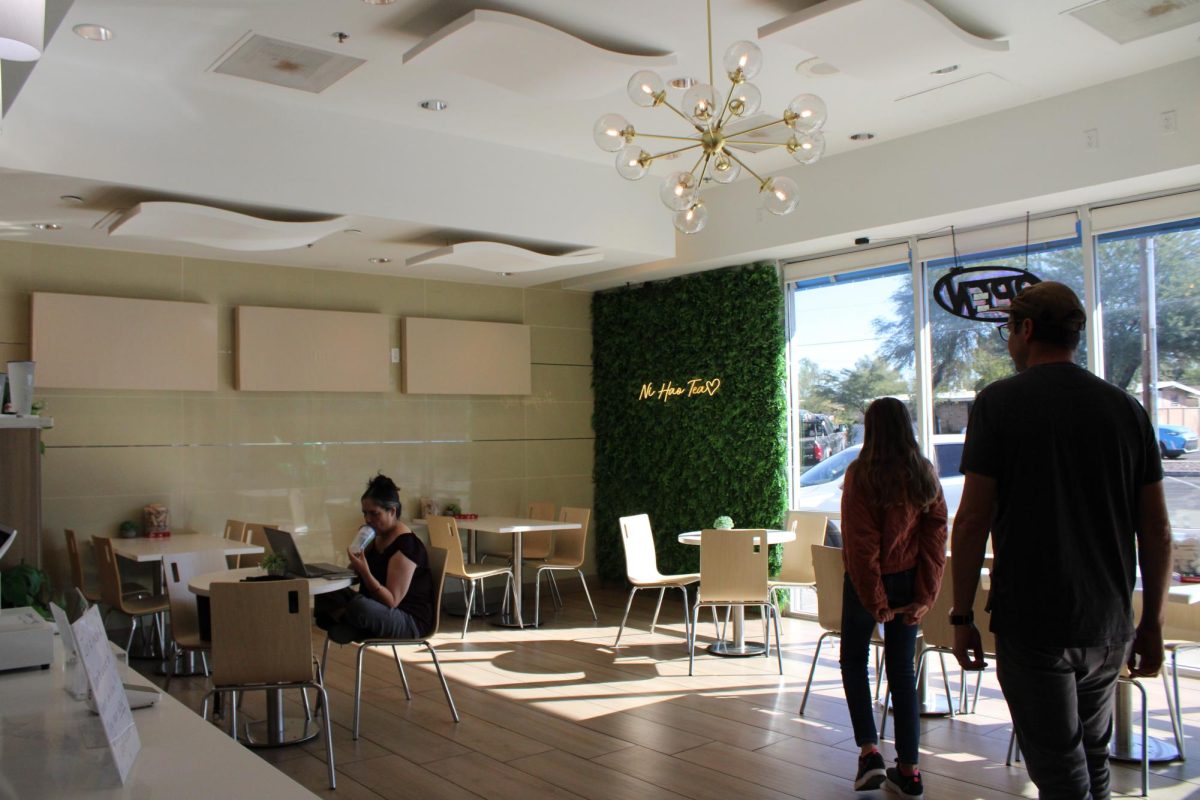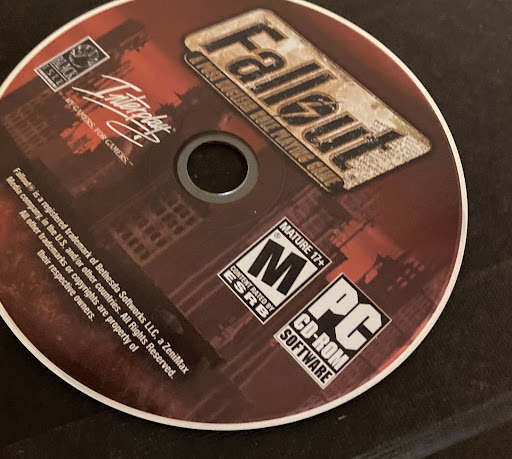Arizona is a state at war with itself. Despite for decades being a bulwark of small government conservatism that produced such Republican icons as Barry Goldwater and Sandra Day O’Connor, Arizona is no longer the reliable Grand Canyon holdout Republicans used to have. This image of a state trying to discover itself as we approach the start of a new decade can best be seen in the stark contrast between the messages sent by many of our representatives, state and federal, and the recent report on the reliance of states upon the federal government.
Since Arizona was first admitted to the Union in 1912, we have voted Republican in 19 presidential elections, and excluding Bill Clinton’s surprise win here in 1996, we have not strayed since 1952. This reliable conservative bent at a state level is paralleled in our state house and senate, neither of which have flipped Democratic for more than 2 decades, and we have consistently elected Republicans and conservative Democrats to the office of Governor election cycle after election cycle. And to top it all off, between 1994 and 2000, and then again starting in 2009, Republicans have held a trifecta over all three state branches; meaning a majority in both the House and Senate as well as occupying the Governor’s seat.
RELATED: OPINIONS: Look up and let life consume you
This means for decades, Republicans have had the opportunity to formulate and execute their plan for Arizona, one of small government and private sector growth lifting up the finances of not only the state, but its citizens as well. Wallethub’s recent report that Arizona is the 6th most federally dependent state in the Union challenges that message . It goes further to state that while the citizens of Arizona are the 11th most dependent on the federal government, the state itself is number 4, a significantly high margin for a state that prides itself on fighting against federal government encroachment. The Phoenix Times put it well when they wrote in their measured response to the publications that, “Arizona lawmakers love to fight the federal government — to an extent.”
This is a sign that the imagined Arizona of our lawmakers is very different from the one that most of us are experiencing. And this current administration is not an anomaly – in 2014, Arizona was in the same position, with about ten billion dollars in government aid making up about 35.5% of total state revenue. Our legislatures may consistently voice small government and clash against big brother here at home, but we sure are willing to take federal money, and let the federal government oversee and pay for the 42.2% of the state that exists as public land. As a matter of fact, when the issue of purchasing much of the public land in Arizona came up to a vote in 2012, Arizona residents voted it down, preferring that the Federal government manage the million of acres of wildlife preserves and undeveloped desert landscapes .
RELATED: OPINIONS: 2020 election: Too early to tell
Arizona looks like it’s beginning to develop into an entirely new state than it was in decades previous. No longer the safe red state it was often seen as, now Arizona has become something of a wildcard. As of 2019, Arizona’s Senate and House delegations in Washington are split, with five Democrat and four Republican Representatives, and Senators from both parties . On top of that, Arizona residents seem to buck the national movements seen in other states. They oppose the border wall and support Obamacare, but they are also pretty even on whether or not they support President Trump. So this strange divide between the way our legislators view our state and how it truly is may be slowly changing.
Arizona’s destiny is not to become a liberal stronghold, a safe victory for any candidate with a “D” next to their name like Massachusetts or Oregon; instead it is to become competitive, where Republicans and Democrats have to compete for votes, and become more in touch with the real Arizona, rather than the version that has so long been projected. Those small government Republicans will have to adapt to a new state demography of liberals and moderates who need to be convinced to support proposals that can actually improve the state. And on the other side, those newly emboldened liberals will have to prove their dedication to the many concerns of Arizonans outside of the traditional style of California or New York Democrats. It’s about time we take stock of our state and try to understand where we really are now, and where we want to go.
Alec Scott is a Junior studying Political Science and German Studies who volunteered for the 2014 Ron Barber Congressional Campaign









